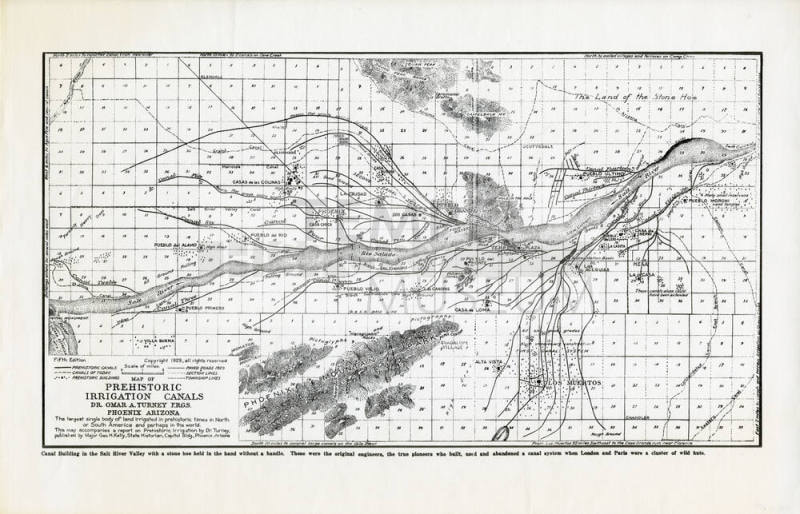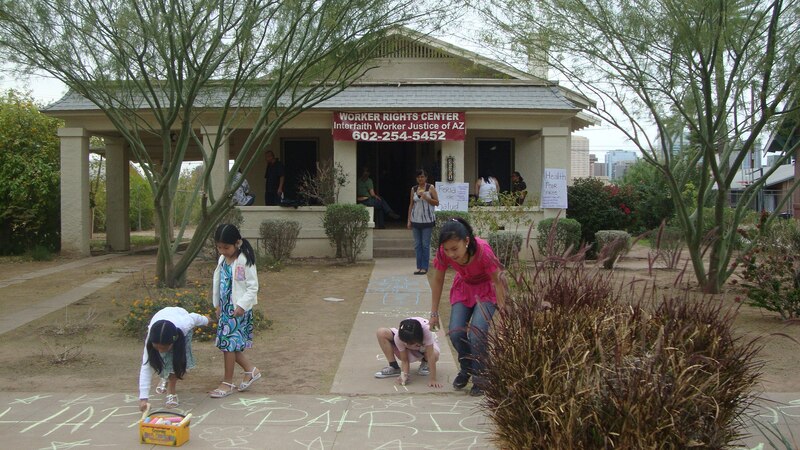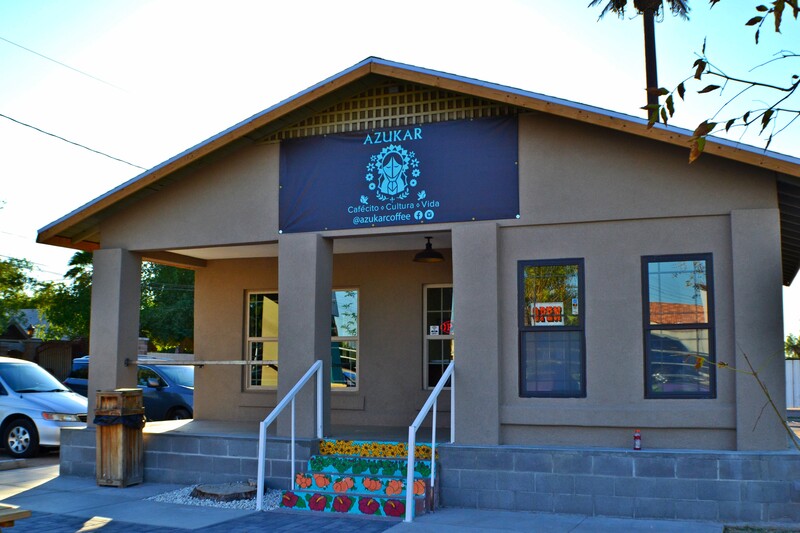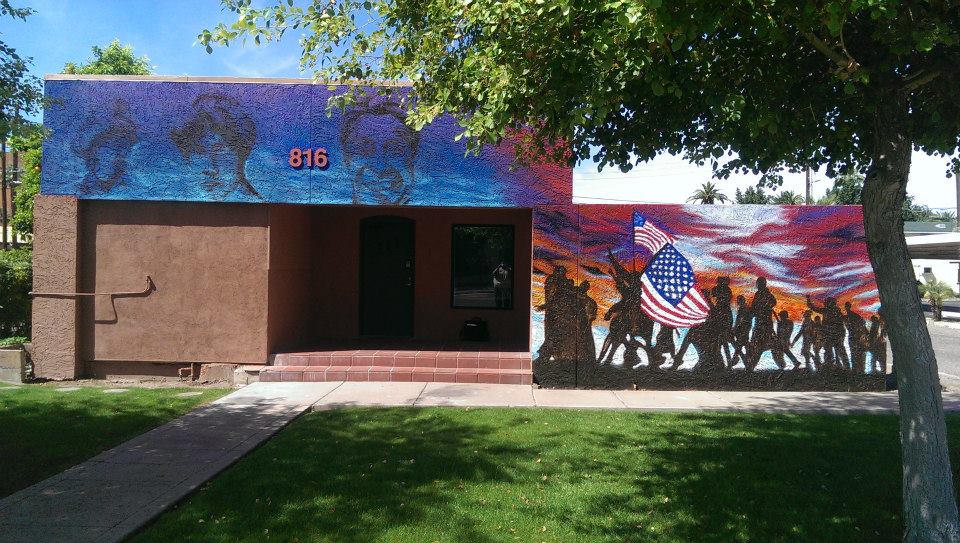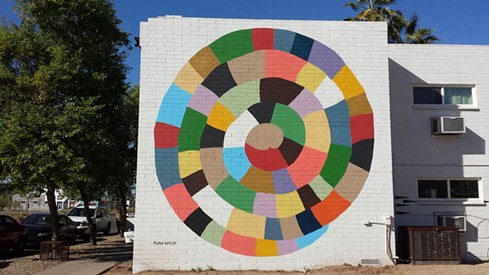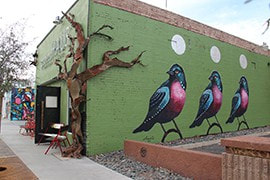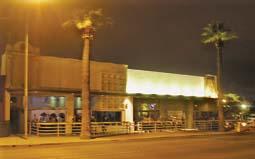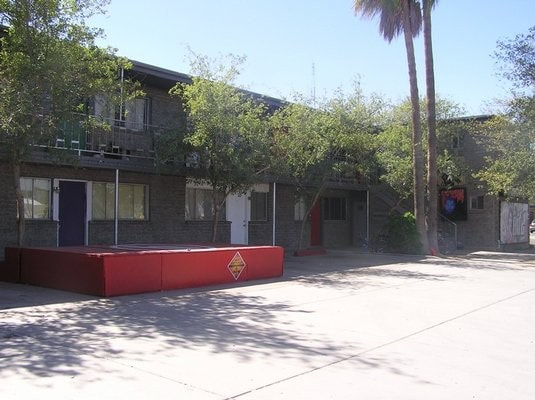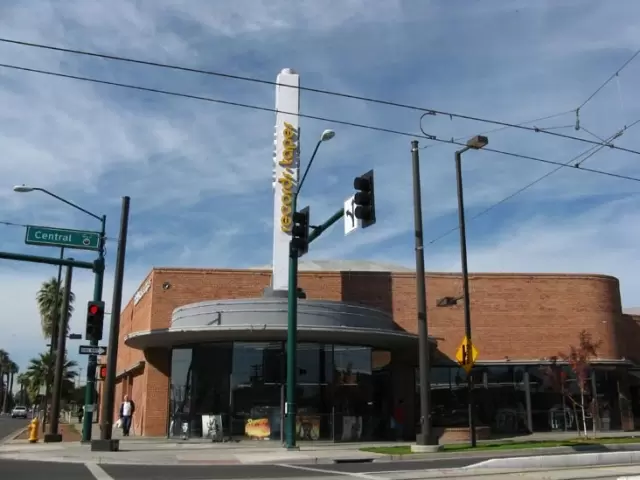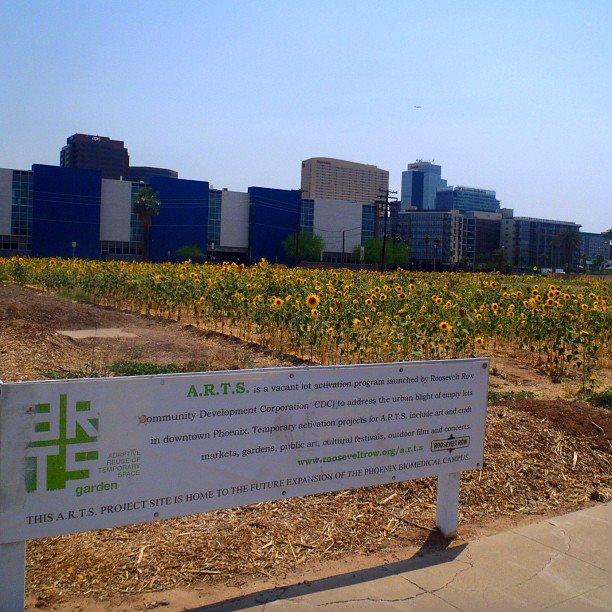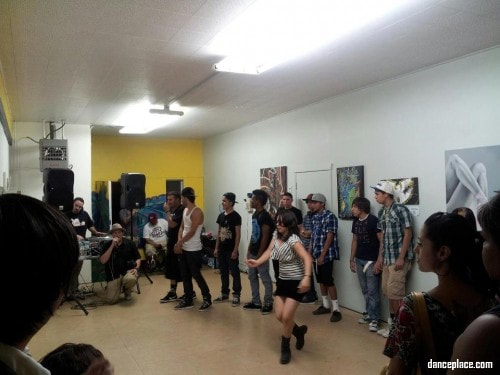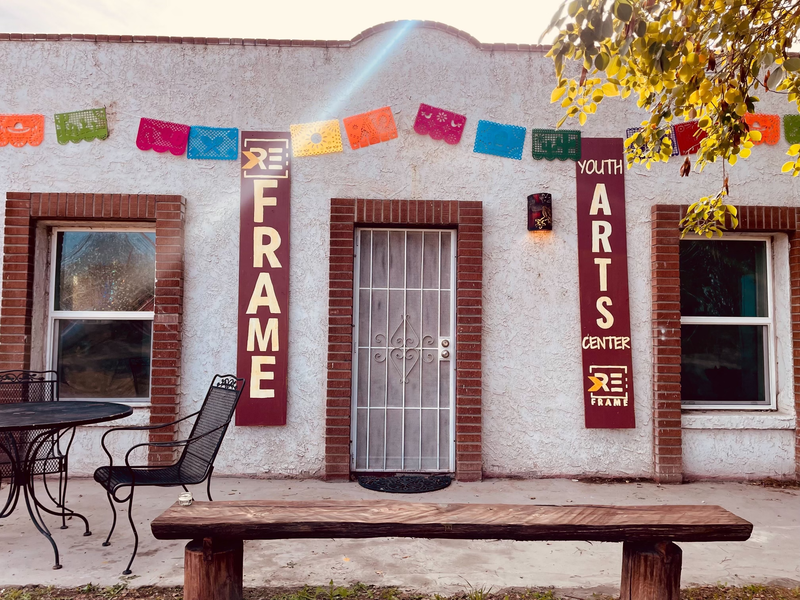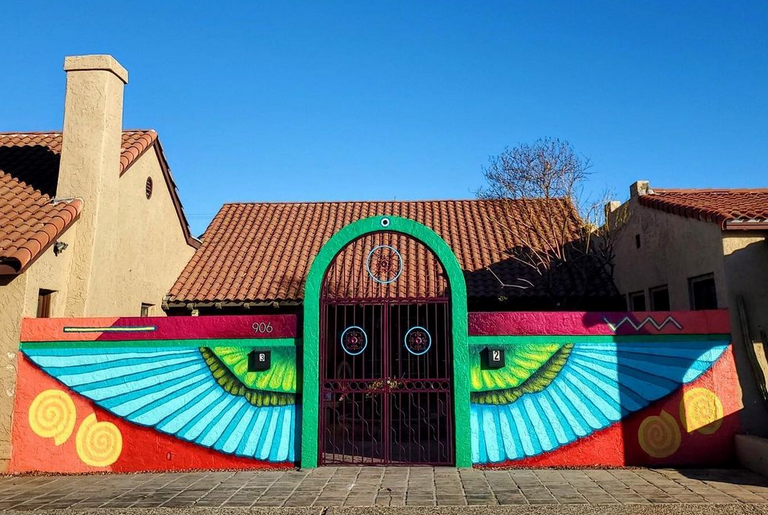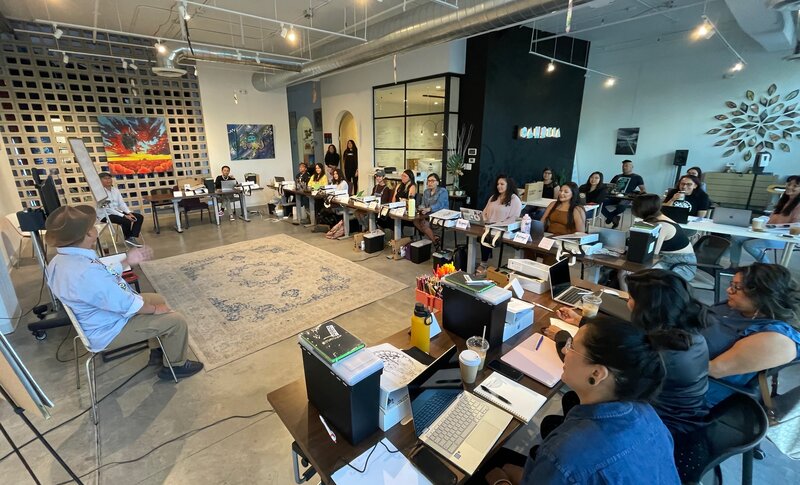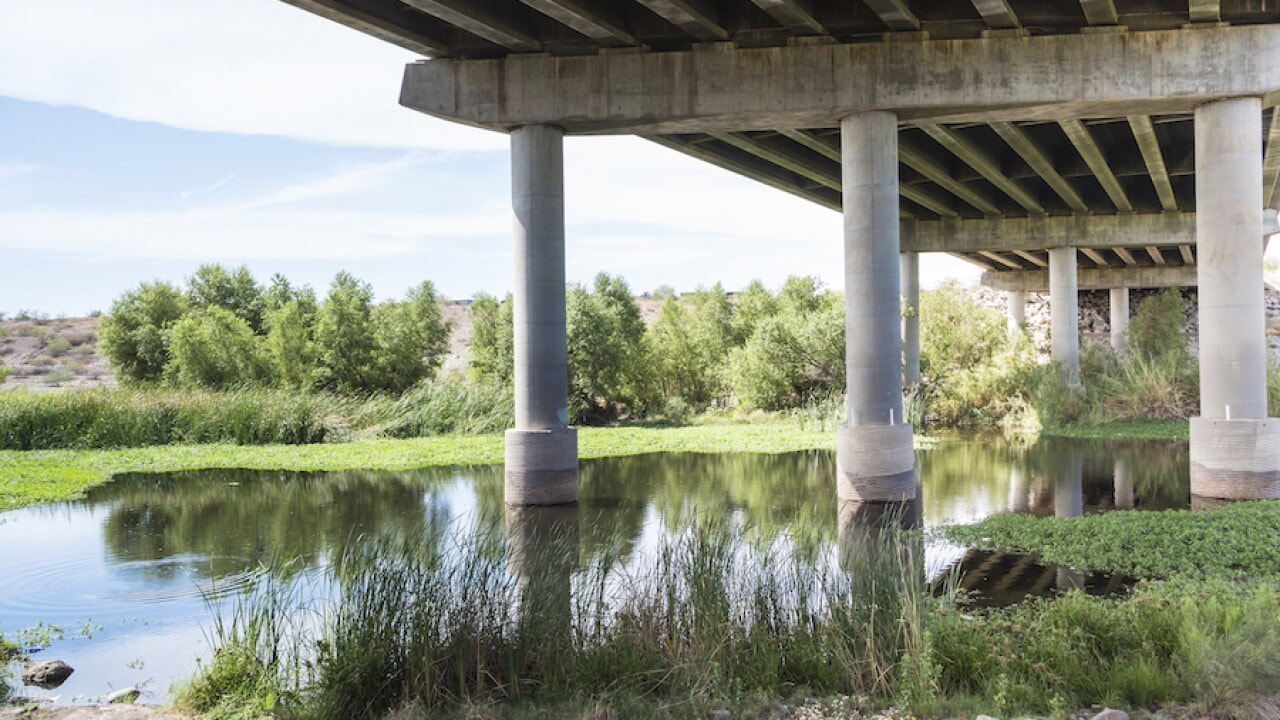In-Process
Interactive Map and archive of cultural-arts centers and community organizing spaces that no longer exist in Central and South Phoenix. Focus of the archive are spaces owned by Black, Indigenous, women-owned, LGBTQ-owned, migrant, and Latinx communities or spaces that supported these communities. Specific attention to the relationship between displacement of already vulnerable communities, light rail implementation, and real estate development. We have included current cultural organizations operated by people of the global majority for people of the global majority. Touch a location or photo for more information about the spaces. Purple = Closed location | Yellow = Currently open
Displaced or permanently closed
Currently Open
Audio Stories
Center for Neighborhood Leadership - Joseph Larios
Center for Neighborhood Leadership - Joseph Larios
|
Combine Artist Space & Residency - Julio César Morales
|
|
Space 55 Theatre - Shawna Franks
5th Row Dance Studios - Angelina Ramirez
ReFrame Youth Arts Center "Rio to the Mountain" is a youth-led mapping and storytelling project that makes visible cultural sites and histories important to youth. The group focused on places along the South Phoenix light rail line. The goal of this project is to preserve the stories and memory of significant sites that will likely be displaced by light rail implementation. |

